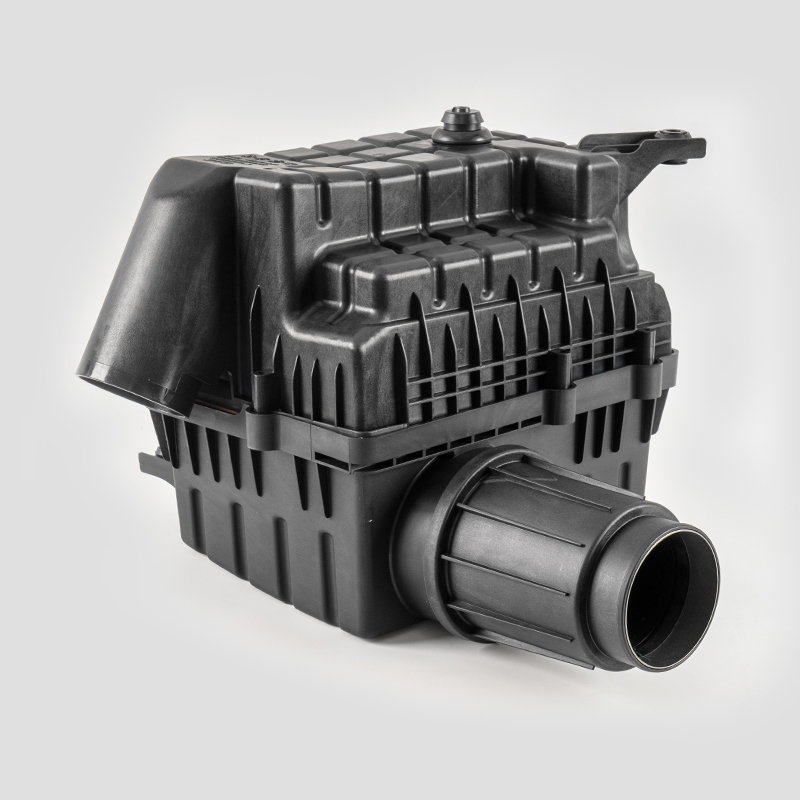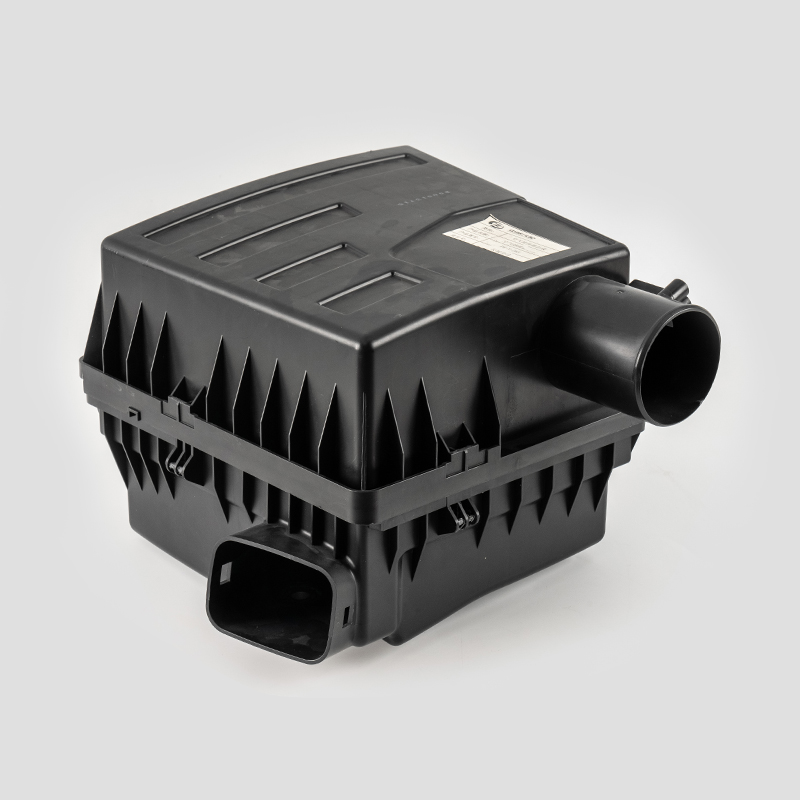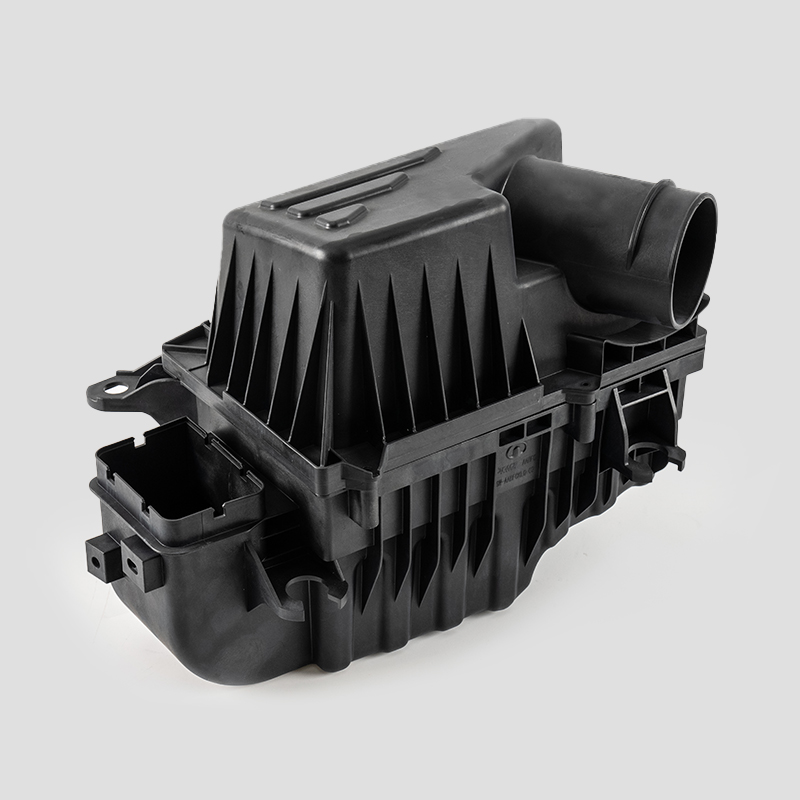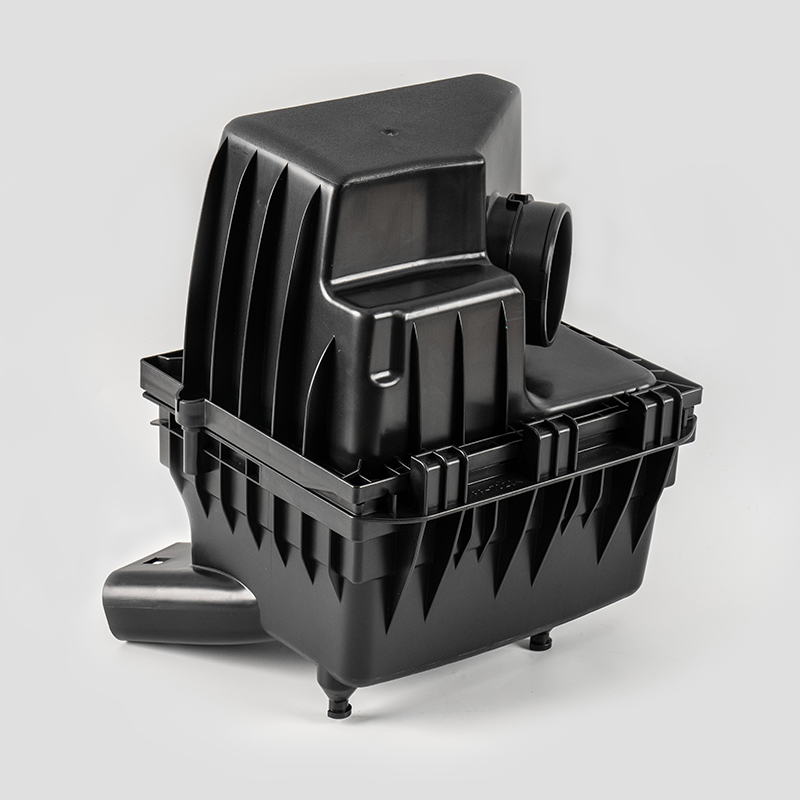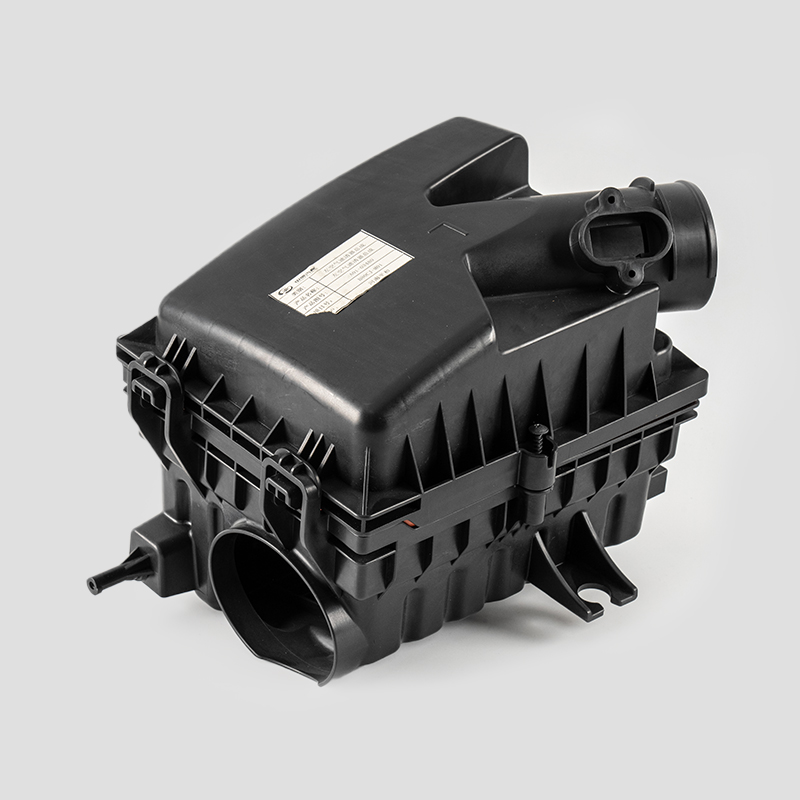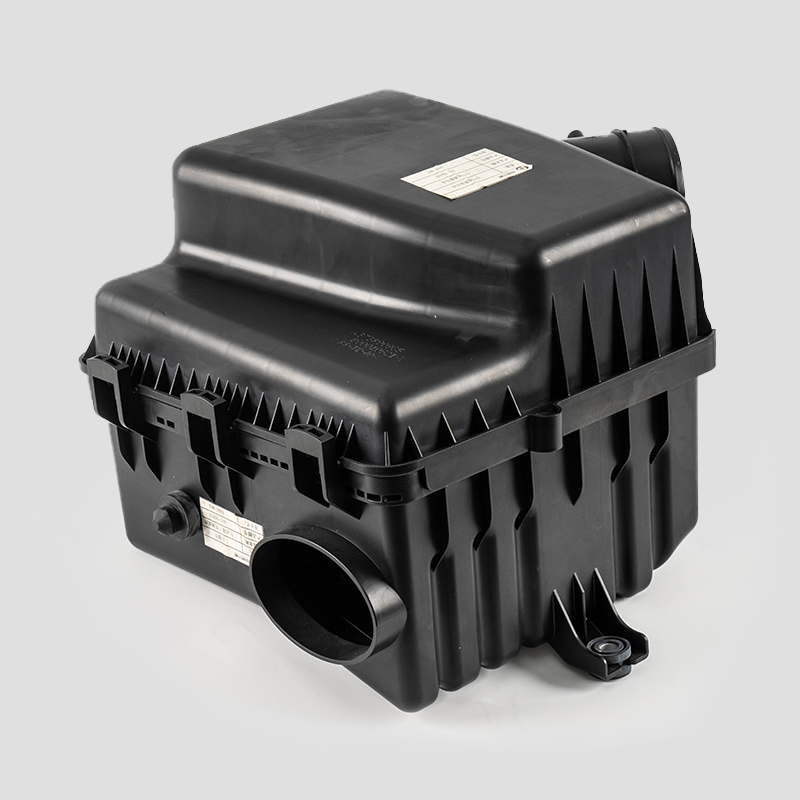Green Environmental Protection and Anti-Aging Cannot Have Both? How to Choose High-Quality Rubber Air Duct?
Content
- 1 Is There an Inherent Conflict Between Environmental Protection and Anti-Aging of Rubber Air Ducts?
- 2 What Base Materials Balance Environmental Protection and Anti-Aging?
- 3 How Do Additives and Processes Enhance Dual Performance?
- 4 What Performance Tests Verify Environmental Protection and Anti-Aging?
- 5 How to Match Rubber Air Ducts to Specific Application Scenarios?
In industrial ventilation, agricultural greenhouses, mechanical cooling, and other scenarios, rubber air ducts are key components for air transmission. With the increasing emphasis on environmental protection and the demand for long-term stable operation of equipment, users often face a dilemma: can rubber air ducts really not balance green environmental protection and anti-aging performance? In fact, with the advancement of material technology and process optimization, the two performance indicators can be compatible. The following will decode the selection criteria for high-quality rubber air ducts from multiple dimensions.
Is There an Inherent Conflict Between Environmental Protection and Anti-Aging of Rubber Air Ducts?
The misconception that "environmental protection and anti-aging cannot coexist" mainly stems from traditional material formulas. In the past, some anti-aging additives (such as certain heavy metal stabilizers) had environmental risks, while early environmentally friendly rubber materials often lacked effective anti-aging components, leading to rapid performance degradation. However, this contradiction has been gradually resolved with technological progress.
Modern environmental protection rubber air ducts rely on two core breakthroughs: first, the use of inherently environmentally friendly base materials such as silicone rubber and modified ethylene-propylene-diene monomer (EPDM), which do not contain toxic volatile components and meet environmental emission standards ; second, the adoption of green anti-aging additives, such as non-toxic antioxidants and bio-based ultraviolet absorbers, which can slow down molecular chain degradation without causing environmental pollution . For example, silicone rubber air ducts processed by high-temperature vulcanization technology not only achieve "environmental protection and non-toxicity" but also have excellent anti-ultraviolet and heat-resistant aging properties, and can maintain stable performance for a long time in outdoor environments . This proves that environmental protection and anti-aging can be achieved simultaneously through scientific material matching.
What Base Materials Balance Environmental Protection and Anti-Aging?
The base material is the fundamental guarantee for balancing environmental protection and anti-aging performance of rubber air ducts, and different material systems have obvious differences in performance.
Silicone Rubber: As a typical environmentally friendly material, it is non-toxic and odorless, and has natural advantages in high and low temperature resistance. After adding glass fiber coating and spiral steel wire support, its anti-aging performance is further enhanced, and it can resist the erosion of oxygen, ozone, and ultraviolet rays in harsh environments . It is suitable for high-temperature scenarios such as plastic machinery hot air transmission and engine heating systems.
Modified PVC Composite Material: Through formula optimization, toxic plasticizers are eliminated, and it has the characteristics of "environmental protection, wear resistance, and anti-aging". Its wear resistance is 3-4 times that of ordinary rubber and 6-7 times that of soft PVC, and it can maintain good flexibility and sealing in long-term use . It is widely used in ventilation and air exchange in basements, tunnels, and breeding farms.
Rubber-Plastic Composite Material: Composed of nitrile rubber and polyvinyl chloride, it combines the elasticity of rubber and the stability of plastic. The internal porous structure not only enhances thermal insulation performance but also slows down the aging rate caused by temperature changes. At the same time, its wet resistance factor is infinite, which can prevent moisture erosion and extend service life .
Choosing the appropriate base material needs to be combined with the use environment. For example, outdoor high-temperature scenarios should prioritize silicone rubber, while humid and corrosive environments are more suitable for modified PVC composite materials.
How Do Additives and Processes Enhance Dual Performance?
On the basis of excellent base materials, reasonable additives and advanced processes are the keys to "improving environmental protection and anti-aging performance".
In terms of additives, the focus is on selecting green and efficient functional components. Antioxidants can inhibit the oxidation reaction of rubber molecular chains and slow down the "brittleness" caused by aging ; ultraviolet absorbers can absorb harmful light waves and reduce the damage of sunlight to the pipe body; flame retardants such as halogen-free compounds can not only achieve the "self-extinguishing" effect but also avoid toxic gas emissions during combustion, which is in line with environmental protection requirements . These additives need to be added in precise proportions—excessive addition may affect the environmental performance of the base material, while insufficient addition will reduce the anti-aging effect.
In terms of processing technology, high-temperature vulcanization and composite molding are two core technologies. The high-temperature vulcanization process (usually carried out at 300°C) can make the rubber molecular chain form a dense cross-linked structure, which improves the stability of the material and reduces the precipitation of harmful substances . The composite molding technology (such as combining rubber with nylon cloth and steel wire) can integrate the advantages of multiple materials: the outer coating resists environmental erosion, the middle layer provides structural support, and the inner layer ensures environmental protection and smooth air flow . For example, the reinforced nylon cloth air duct formed by hot-melt bonding has both flame retardant, acid and alkali resistance, and high-pressure resistance, and its service life is significantly longer than that of a single material air duct .
What Performance Tests Verify Environmental Protection and Anti-Aging?
To avoid "false environmental protection" and "false anti-aging" products, it is necessary to verify the performance through standardized tests.
For environmental protection verification, the key indicators include: whether volatile organic compounds (VOCs) meet emission standards, whether there are toxic heavy metal residues (such as lead and cadmium), and whether the material is biodegradable or recyclable. For example, qualified silicone rubber air ducts will be marked with "environmental protection and non-toxic" test reports, confirming that no harmful substances are released during use .
For anti-aging performance, common test methods include:
Artificial Accelerated Aging Test: Simulate the erosion of ultraviolet light, high temperature, and humidity on the air duct in the laboratory, and observe the changes in tensile strength and elongation after a certain period of time. If the performance degradation rate is less than 15%, it means good anti-aging performance .
Natural Aging Test: Place the air duct in an outdoor environment for 6-12 months, and test its hardness and flexibility. For example, rubber air ducts with good anti-aging performance will not crack or become brittle after being exposed to the sun for a long time .
Corrosion Resistance Test: Immerse the sample in acid, alkali, and salt solutions to check whether the surface is corroded and whether the structural integrity is damaged, which is especially important for air ducts used in chemical and mining scenarios .
How to Match Rubber Air Ducts to Specific Application Scenarios?
High-quality rubber air ducts need to "fit" the application scenario, and blind selection will lead to the waste of performance advantages.
Outdoor High-Temperature Scenarios (Such as Construction Site Ventilation, Solar Equipment Cooling): Prioritize silicone rubber air ducts with "high-temperature resistance + anti-ultraviolet" properties. They can work stably between -70°C and 260°C, and short-term use can withstand 310°C, which is not easy to age and deform under strong light .
Humid and Corrosive Scenarios (Such as Aquaculture Greenhouses, Chemical Waste Gas Discharge): Choose modified PVC or rubber-plastic composite air ducts. Their smooth inner walls are not easy to breed microorganisms, and their surface coatings can resist the corrosion of ammonia, acid mist, and other substances .
Mobile Ventilation Scenarios (Such as Emergency Rescue, Mobile Machinery Supporting): Focus on "lightweight + flexible + anti-aging" performance. The telescopic rubber air duct with steel wire skeleton has a telescopic ratio of 1:10, which is easy to carry and install, and can maintain structural stability after repeated folding and use .
The idea that "environmental protection and anti-aging cannot coexist" has been eliminated by technological progress. Choosing high-quality rubber air ducts requires a three-step method: first, select the appropriate base material according to environmental protection and temperature requirements; second, check the rationality of additives and processing technology; third, verify performance through standardized test reports and match it with the actual application scenario. Only by comprehensively considering these factors can we select products that are "environmentally friendly, durable, and cost-effective", and provide reliable support for industrial production and daily life.




 English
English Español
Español عربى
عربى